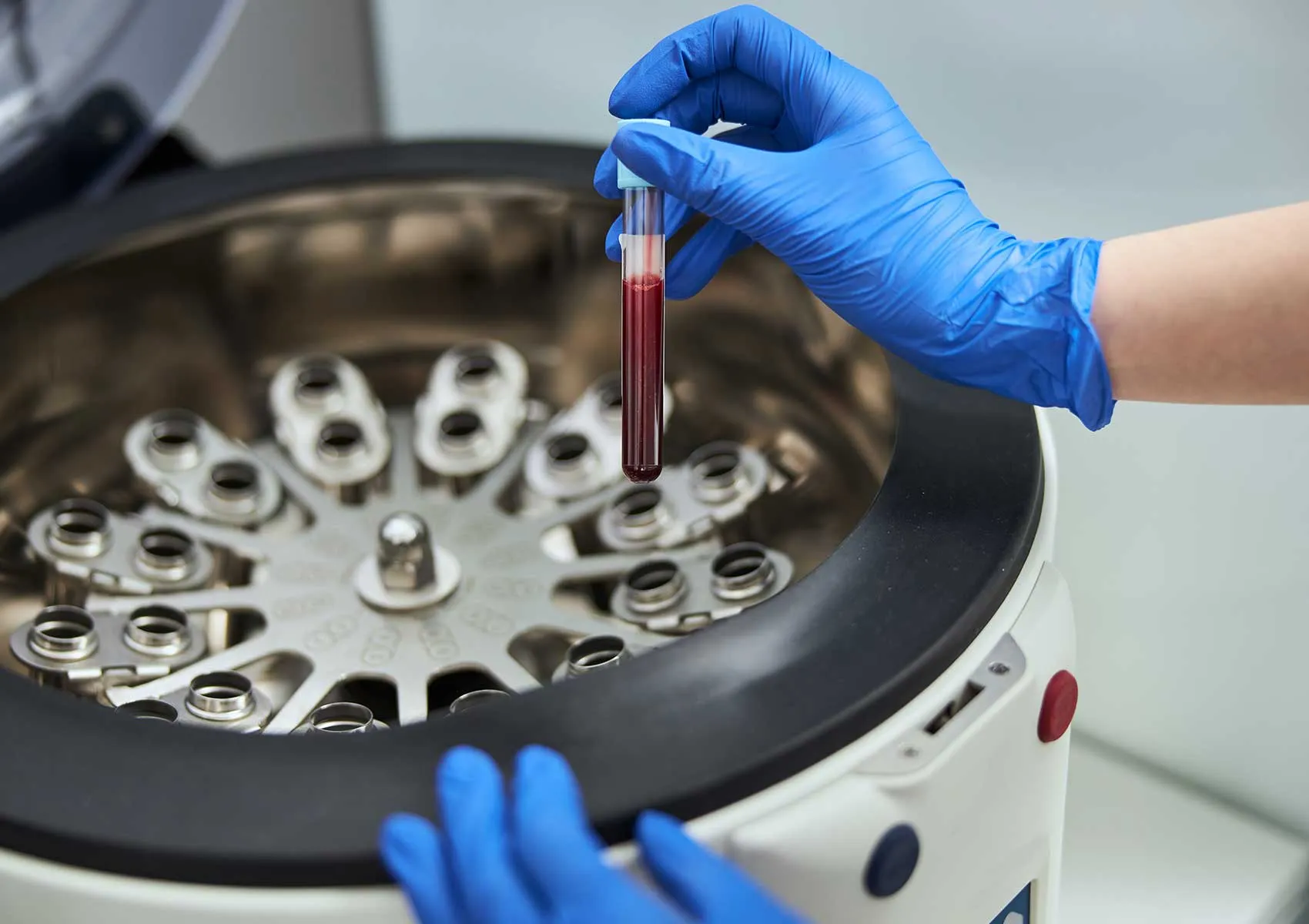Use of PRP in Tendon and Ligament Injuries
This article provides a detailed scientific explanation, advantages, and applications of PRP therapy used to accelerate healing in tendon and ligament injuries.
Tendon and ligament injuries are common orthopedic issues, especially among athletes and individuals striving to maintain an active lifestyle. The healing times for these injuries vary depending on the tissue type and severity of the damage. In recent years, treatment protocols have increasingly incorporated Platelet Rich Plasma (PRP) applications aimed at supporting the body’s own healing mechanisms. PRP is a blood product rich in platelets, which contain growth factors believed to accelerate tissue repair.
Due to their limited blood supply, tendons and ligaments have relatively slow healing processes. When PRP is locally applied to these tissues, the growth factors and cytokines it contains promote cellular proliferation, tissue regeneration, and inflammation control, positively influencing the recovery timeline. Orthopedic studies have demonstrated PRP's effectiveness particularly in chronic tendinopathies, partial tears, and supporting the healing process following reconstructions.
The structure and efficacy of PRP are directly related to the preparation method used. Typically, a sample of the patient’s own blood is drawn and then processed using specialized centrifuge devices to concentrate the platelets. The PRP concentration usually ranges between 3 to 8 times the platelet count in normal blood. The prepared PRP is injected into the affected tendon or ligament using a needle under ultrasound or similar imaging guidance. This procedure is generally performed under local anesthesia and strict sterile conditions.
Common indications for PRP in tendon and ligament injuries include chronic lateral epicondylitis (tennis elbow), patellar tendinopathy (jumper’s knee), Achilles tendinitis, and rotator cuff tendinopathies. Additionally, PRP can be used postoperatively to support healing after anterior cruciate ligament (ACL) injuries. Clinical studies report that these applications reduce pain, accelerate functional improvements, and facilitate an earlier return to activity.
Alongside supporting wound healing, PRP is noted for its anti-inflammatory effects. Chronic inflammation may develop in tendons due to overuse and microtrauma. PRP modulates the local inflammatory response, contributing to symptom reduction especially in chronic tendinopathies. However, the efficacy of PRP varies depending on factors such as the patient’s age, the chronicity of the injury, number of sessions, and application methods.
Treatment plans are personalized, and multiple sessions might be necessary in some cases, typically spaced 3-4 weeks apart. A comprehensive pre-treatment evaluation and imaging assessment are essential to determine the injury's extent. PRP is considered highly safe as it is prepared from the patient’s own blood, making allergic reactions very rare. Nonetheless, meticulous adherence to sterile technique is vital to minimize infection risk.
In recent years, the combined use of PRP with surgical treatments has increased. In particular, following arthroscopic surgery, PRP-supported interventions are employed to accelerate tissue healing and improve reconstruction success rates.
While scientific literature has not yet established PRP as a standard treatment for all tendon and ligament injuries, many studies have reported positive outcomes. Ongoing experimental studies and randomized controlled clinical trials are expected to refine PRP protocols and establish clearer standards.
PRP therapy in tendon and ligament injuries is viewed as a significant alternative or adjunct treatment, especially for patients who do not respond to traditional conservative methods (rest, physical therapy, anti-inflammatory medications) and do not have surgical indications. The planning and administration of this treatment should be conducted by experienced physicians specialized in orthopedics and sports injuries.
FAQ
-
Why is PRP therapy preferred for tendon and ligament injuries?
PRP accelerates tissue healing, reduces inflammation, and alleviates pain due to the growth factors contained in platelets. Since tendons and ligaments have low blood supply, the local application of PRP supports the healing process.
-
How is PRP applied?
A sample of the patient’s own blood is taken and processed through centrifugation to obtain platelet-rich plasma, which is then injected directly into the injured tissue under ultrasound guidance. The procedure is performed under sterile conditions, usually with local anesthesia.
-
Is PRP effective for every tendon and ligament injury?
PRP may not be effective for all injuries. Its efficacy depends on the type and duration of the injury, the patient’s overall condition, and the application method. PRP is generally preferred in chronic cases that do not respond to conservative treatment.
-
What are the side effects of PRP?
PRP is generally safe since it is prepared from the patient’s own blood. Allergic reactions or immune responses are rare. To minimize infection risk, sterile application techniques must be strictly followed.
-
How is PRP used in postoperative healing?
PRP is injected into the surgical area after arthroscopic or open surgery to accelerate tissue healing, enhance reconstruction success, and promote early functional recovery.

